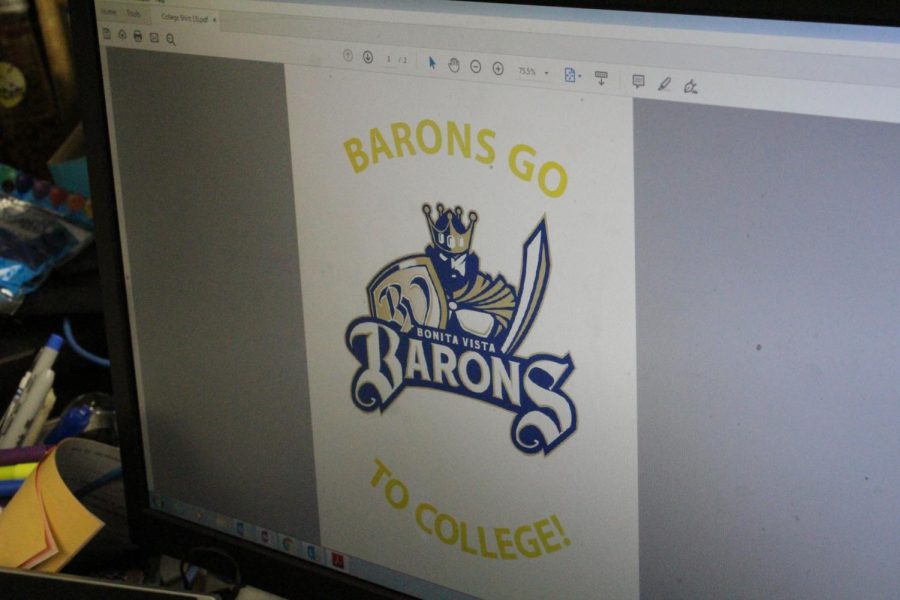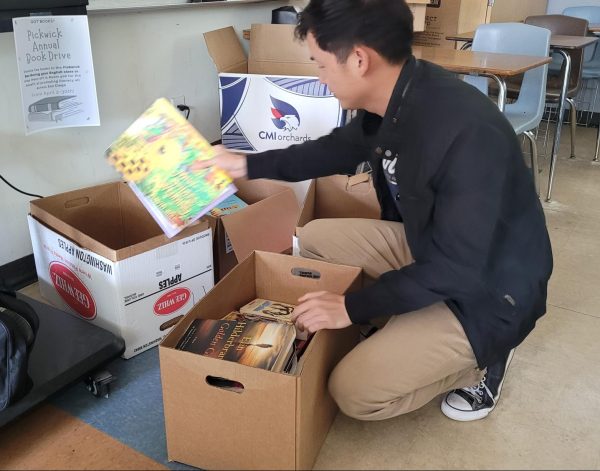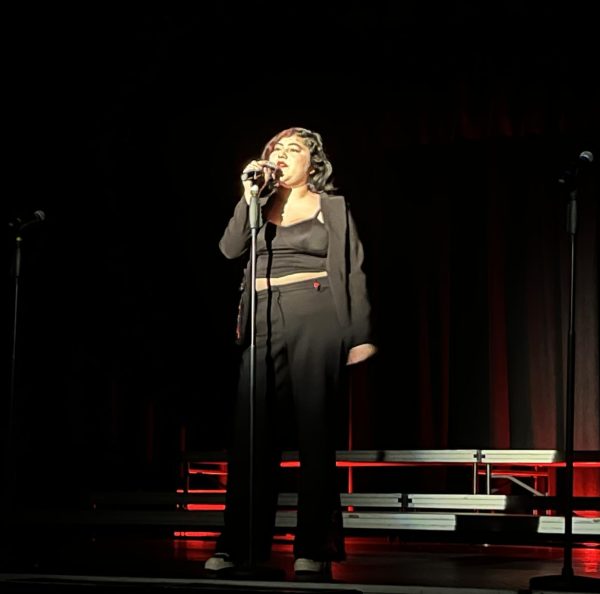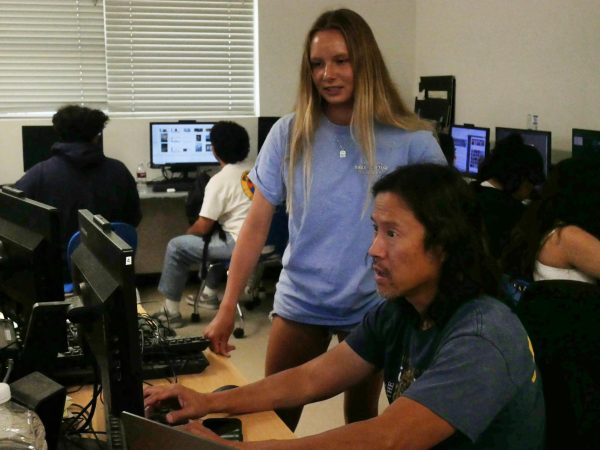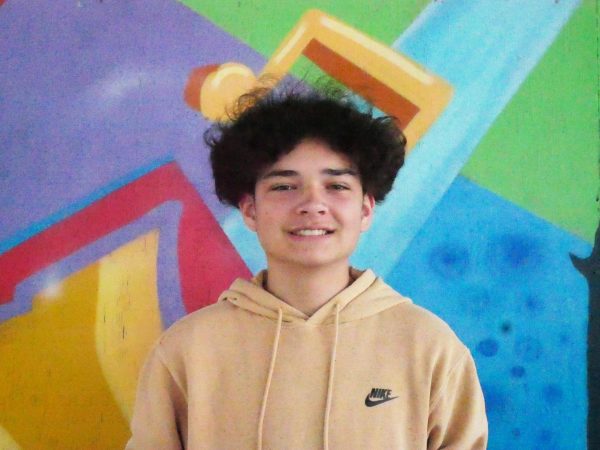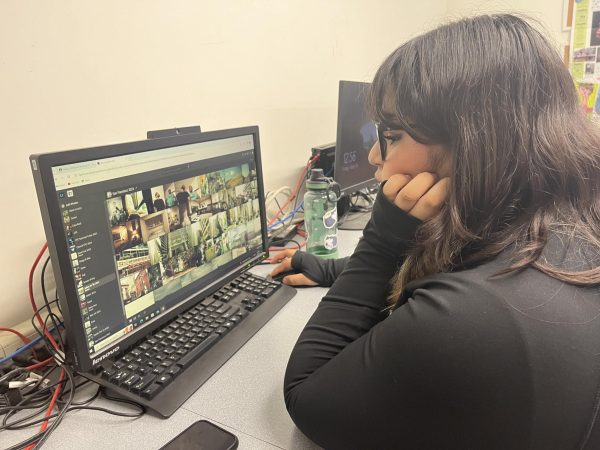College Going Culture Committee designs shirts
Dr. Michelle Mardahl-Dumesnil displays the design for the college t-shirts that are going to be distributed at BVH to encourage college-readiness. The logo was designed by junior Lucia Rivera.
September 22, 2019
Around two hours after the end of school on Friday, September 13th, Accelerated, AP and IB Biology teacher Dr. Michelle Mardahl stands overlooking a design for a t-shirt she is working on.
“The front [of the shirt] would say ‘Barons go to College,’ and [on the back] we want to bullet point where our class of 2019 went [to college]. Showing that we do get into amazing places,” Mardahl said.
With the beginning of the new school year, Mardahl and fellow Accelerated Biology teacher Joseph Szakovits are collaborating on a program called the “College Going Culture Committee.” The committee hopes to ensure that more students from BVH are admitted into four-year colleges and universities, as well as fostering a college-going culture for all students.
“The two primary sub-objectives of the committee are to give students more tools to prepare themselves for college and to help foster an environment on-campus where more students are enthusiastic about college,” Szakovits said.
According to Mardahl, with these goals in mind, funding is necessary. Thus, Mardahl and Szakovits decided to push for the implementation of t-shirts, as a way to both raise money and continue to foster the college-going culture at BVH.
“[The committee] takes money so we need to fundraise. So… t-shirt time!” Mardahl said enthusiastically.
Regarding the college preparation aspect of the program, the major part that Mardahl wants to focus on is improving standardized test scores. Notably, Mardahl wants to target students who are struggling with the SAT, and help them improve with weekly practice.
“One of the things we’re doing is getting the SAT practice question of the day with BVTV [on the morning bulletin]. They’re going to put one practice SAT question on every Tuesday,” Mardahl said.
Both Mardahl and Szakovits recognize the importance of getting BVH students into college. Mardahl especially wants to raise the percentage of BVH students who are being accepted into prestigious, four-year colleges and universities.
“Our goal is to get 90% of Bonita to apply and get accepted to a four year. That doesn’t mean that you’re going to go to a four-year university, but at least you got accepted,” Mardahl said.
Among the many students at BVH, some students identify themselves as being ready for college. One of these students is BVH senior Misael Caudillo, who is preparing to make the jump to college.
“After high school I’m planning to go to college. I’m planning to go to [a] University of California college in California because I don’t want to pay out of state tuition, I want to pay the least amount that I can,” Caudillo said.
Caudillo credits much of his success to being able to take the AVID class, which does many of the things that Mardahl and Szakovits hope to accomplish with their College Going Culture Committee.
“Mrs. Takaki, my AVID11 teacher helped me a lot. She basically transformed me from this little immature kid to this mature kid that really was college bound and was trying to get into college. [She taught me] where to apply, how to apply, what school is the right choice for [me], what choice can give [me] the best benefits with the lowest price,” Caudillo said.
Through transforming students at BVH into college-ready students like Caudillo, Mardahl and Szakovits hope to truly change the culture that BVH possesses when it comes to students and their ability to get into college.
“With our school climate, it’s as if not every student feels that college is a realistic option for them. Many feel that their financial restraints, grades, or other circumstances limit their options after high school. The task of our committee is to confront this perception and figure out a way to change it. I think seeing what colleges members of their own community have gone to will be a small step towards that goal,” Szakovits said.

